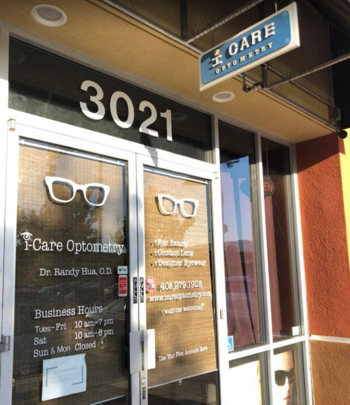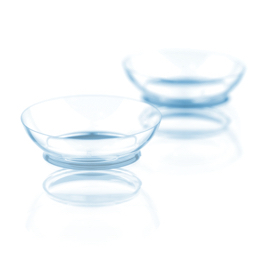Time to Deal with Eye Disease
Almost 10% of Americans have eye diseases that can cause irreversible vision loss and lead to blindness. However, an experienced eye doctor can often help preserve the vision you still have—which means the sooner we detect symptoms, the more eyesight we can save.
The eye exams we perform at Total Vision Willow Glen, formerly i-Care Optometry, help us uncover signs of eye diseases before they can seriously impact your sight. Contact us now to book an appointment so we can provide you with a custom plan to treat or manage anything we find.
A Guide to Common Eye Diseases
Some of the most common and high-profile eye diseases include:
Cataracts
Most people are over 40 years old when they develop cataracts, but risk factors like diabetes can make them appear earlier. Cataracts form when proteins and fibers in the lens of the eye form clumps that get in the way of seeing clearly, creating a cloudy effect over parts of your vision. Cataracts can eventually block your sight completely, but an ophthalmologist can surgically remove them.
Glaucoma
A class of eye diseases associated with optic nerve damage, glaucoma often results from high pressure inside the eye. This eye disease typically appears slowly over time and occasionally has no symptoms before vision loss begins. But other forms can develop quickly and should be treated as eye emergencies.
Age-Related Macular Degeneration (AMD)
People over the age of 50 are the most likely to experience age-related macular degeneration (AMD), which occurs when the macula deteriorates and impairs central vision. As a result, many everyday tasks such as reading or driving can become difficult, and some people with AMD may even struggle to recognize other people’s faces.
There are 2 kinds of AMD:
- Dry AMD occurs when the macula gets thinner due to age.
- Wet AMD may result as a complication of dry AMD, and occurs when abnormal blood vessels grow at the rear of the eye, damaging the macula.
Conjunctivitis
Conjunctivitis is usually referred to as “pink eye” because it inflames the normally clear membrane that covers the white of your eye and turns it pink or red. Different kinds of conjunctivitis include:
- Viral conjunctivitis: spread by viruses that transmit the common cold, this type of conjunctivitis is highly contagious. It can increase light sensitivity and make your eyes produce a translucent discharge.
- Allergic conjunctivitis: caused by contact with allergens like dust, mold, or pollen, this form of conjunctivitis isn’t contagious but can make your eyes water, itch, or burn. It may also come with cold-like symptoms.
- Bacterial conjunctivitis: spread by bacteria, this type of conjunctivitis is extremely contagious and can cause green or yellow discharge to form in your eyes during sleep. This discharge may harden overnight and stick your eyelids together when you wake up.
- Chemical conjunctivitis: caused by eye exposure to chemicals, this form of conjunctivitis is not contagious, but it is a type of eye emergency. If your eyes have come in contact with toxic liquids, smoke, fumes, or other chemicals, contact your eye doctor as soon as possible.
Diabetic Eye Disease
By 2050, over 15 million Americans are likely to have a diabetic eye disease like diabetic retinopathy or diabetic macular edema. Diabetes also increases the risk of glaucoma and cataracts.


Fight Eye Disease with Our Help
Early detection and management is the best way to prevent the severe outcomes of many eye diseases. Book your next eye exam today.
Come See What We’re All About

Visit Us in San Jose
Our practice is located in San Jose on Meridian Avenue near the corner of Foxworthy Avenue.
- 3021 Meridian Ave
- San Jose, CA 95124
Hours of Operation
- Monday: 9:00 AM – 5:30 PM
- Tuesday: 9:00 AM – 5:30 PM
- Wednesday: 9:00 AM – 5:30 PM
- Thursday: 9:00 AM – 5:30 PM
- Friday: 9:00 AM – 5:30 PM
- Saturday: Closed
- Sunday: Closed


Our Brands




Our Google Reviews
Be the First to Know,
Be the First to Win.
From eye health insights to exclusive giveaways, your feed just got a lot clearer.








